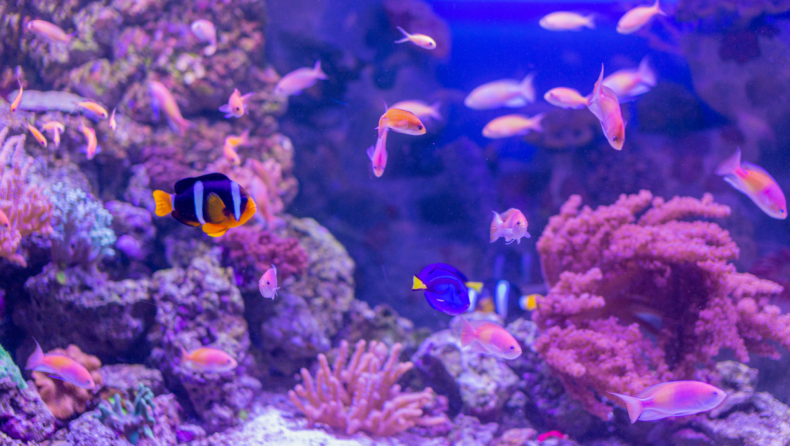Deep Sea Species: In the depths of the ocean, researchers from the Natural History Museum in the United Kingdom have uncovered more than thirty organisms that can become distinct species.
Deep Sea Species
Exploiting deep-sea mineral resources is becoming more popular. Especially on the deep seabed of the Clarion-Clipperton Zone. The CCZ is prolific in polymetallic nodules in the center of the Pacific.
Metals including nickel, cobalt, copper, titanium and rare earth minerals bind to the precipitated iron oxyhydroxides and manganese oxides. These together make up the polymetallic nodules.
A clear idea of biodiversity, community structure, and biological distributions is significant. Other than this connectivity, and ecological processes across a range of scales are essential. This is to regulate prospective exploitation processes.

The benthic megafauna is a significant part of biodiversity and has a significant influence on the health of deep-sea environments.
A remotely operated vehicle was used to gather the new species from the deep edge of the Clarion-Clipperton Zone in the central Pacific. As a result, scientists were able to collect samples from the ocean floor and learn more about the species that inhabit those depths.
In the Pacific Ocean, between Hawaii and Mexico, the Clarion-Clipperton Zone spans an area of more than five million square kilometers. Its largest depth is around 5,500 meters, or almost as high as Mount Kilimanjaro.
The Discovered Fauna
The western CCZ yielded a whopping 55 specimens. These represent 48 species of invertebrate megafauna that are divided into 10 groups and five phyla based on molecular evidence.
Only two specimens from two species were gathered on a seamount slope at 4125 m deep. The remaining taxa were mostly found (36 specimens from 33 species) on the abyssal seabed (> 4800 m deep).
It is estimated that just nine of the 48 new taxa are related to previously known species, all of which are found in nearby regions, such as the Kuril–Kamchatka–Mariana–Izu–Bonin Trenches, and other parts of the Northwest–Southwestern Pacific. The remaining 39 species may or may not be new species.

Discussion
The lead author of this research Dr. Guadalupe adds,
“We thought that some of the species we found were cosmopolitan, living across large areas of the ocean, but by looking more closely at their DNA we found that they are different species, possibly restricted to smaller habitats. There are probably not yet enough samples to understand the variation within them fully.”
The Museum’s researchers want to pursue producing a picture of the deep sea to guide crucial choices that will determine the course of the green revolution.
Deep sea mining is an environmental problem, but researchers have been allowed to undertake essential studies while the business is kept back from full-scale exploitation.
Deep sea mining will soon be the subject of a significant social choice, and it is their responsibility to provide as much information as they can to help shape that decision as effectively.













